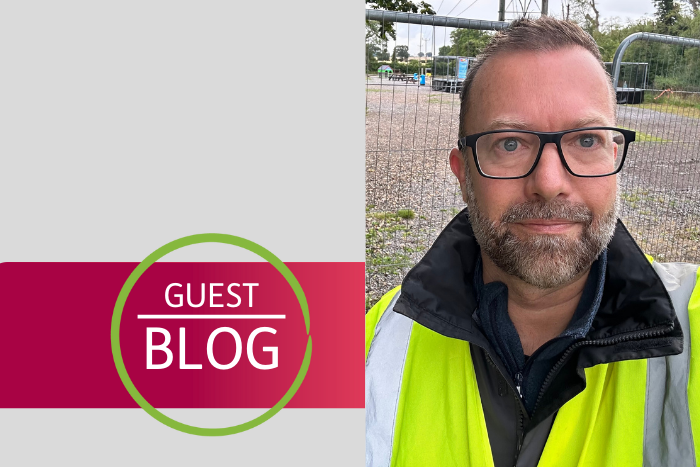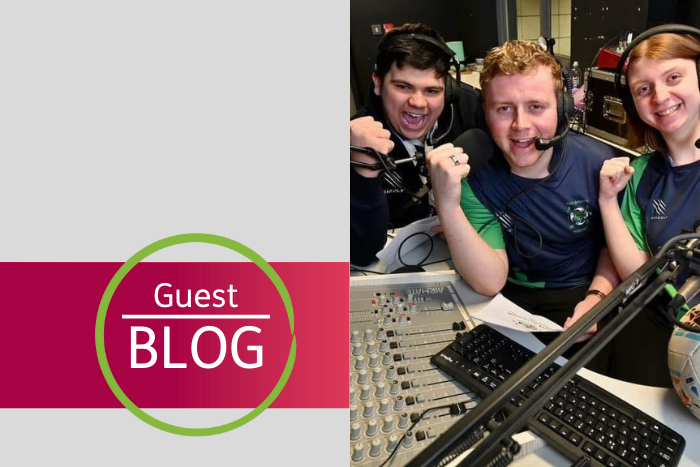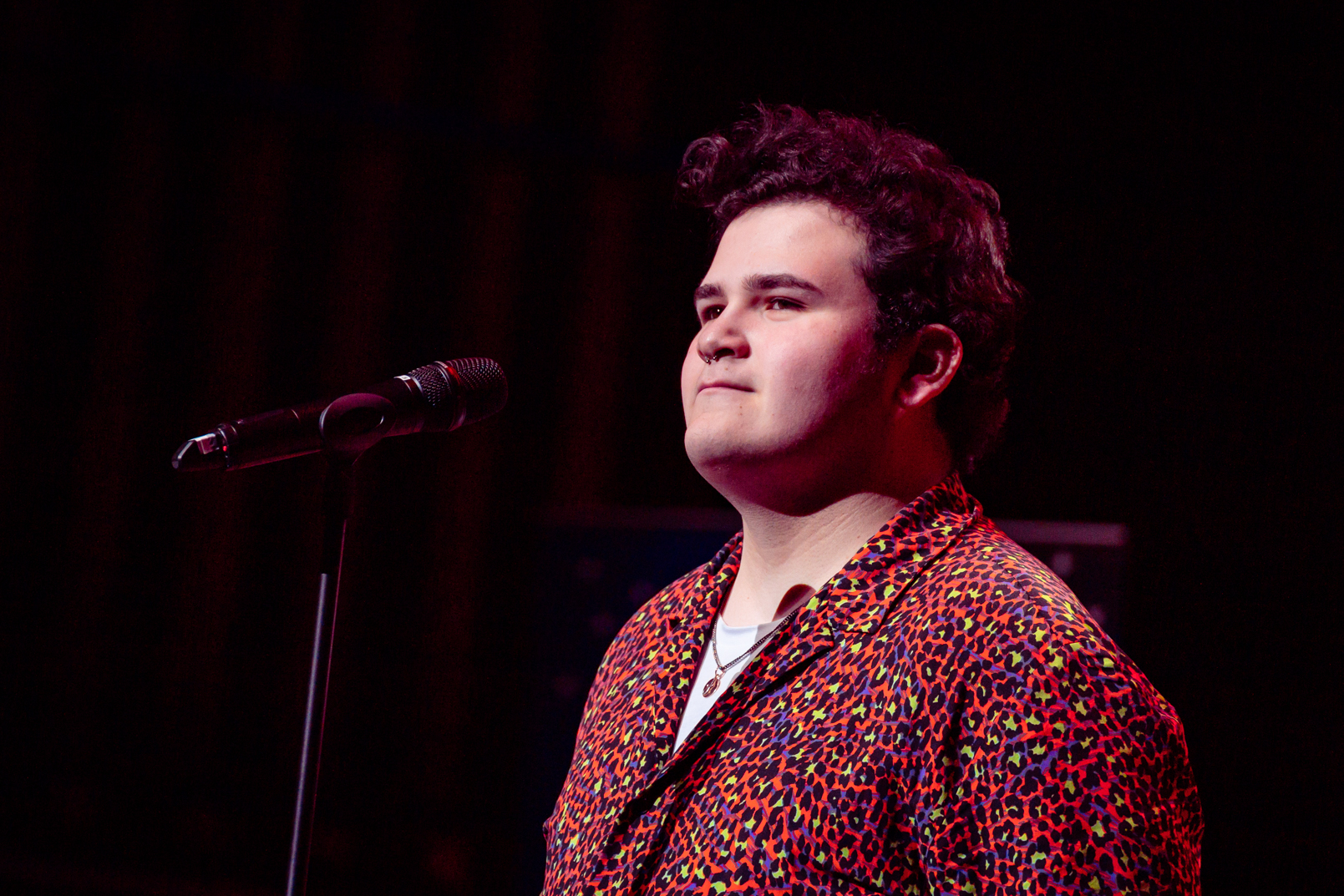
Time to Bridge the Gap
Thanks to legislative changes, better autism education training and more information about autism, the world is becoming a more inclusive place for people on the autism spectrum. But what happens when parents and professionals have to overcome additional difficulties while fighting for inclusion and acceptance for an autistic child or young person? In this blog post, our guest blogger, Corinne Coote, from Drumbeat Outreach, Lewisham, London, uses her own experiences to highlight the unique challenges of families of autistic children and young people from Black, Asian and Minority Backgrounds. Please share this post with your networks.
Inclusion is at the core of everything we teach and do. Society can only flourish if there are equal opportunities for everyone regardless of their gender, age, ethnic background and developmental differences. Thanks to legislative changes, better autism education training and more information about autism, the world is becoming a more inclusive place for people on the autism spectrum. But what happens when parents and professionals have to overcome additional difficulties while fighting for inclusion and acceptance for an autistic child or young person? In this blog post, our guest blogger, Corinne Coote, from Drumbeat Outreach, Lewisham, London, uses her own experiences to highlight the unique challenges of families of autistic children and young people from Black, Asian and Minority Backgrounds. Please share this post with your networks.
Time to Bridge the Gap
I’ll be honest and say that as a black professional (working in the field of autism outreach), I had always thought about education and the adversities experienced by BAME communities. My interest in the experiences of BAME autistic people and their families truly began the first time I walked into a meeting with a young black parent. At first glance she appeared very anxious, but as she looked up and observed me, the shadow of anxiety appeared to be exchanged for a look of relief. Now, of course, this may not have had anything to do with us sharing a race, but as conversation flowed, I noticed she also began to use cultural dialect and terminology with an air of familiarity and ease – this is something we would usually reserve for close friends or family but rarely in a professional context.
Whenever I attend family functions or gatherings arranged by friends, particularly those with children in attendance, nine times out of ten, the topic of autism arises. At one particular engagement, I became the focus of an endearing little girl and soon after her mother and I began to speak. She told me about her work and once I told her what I did, she began to share the difficulties her daughter was experiencing at school. I knew she was going to say speech and language difficulties, but I would never have raised the issue if she hadn’t.
The following day, I received a phone call from the sister of the host of the party. She had overheard me speaking about autism and wanted me to give a presentation to the Sunday School Teachers and Youth Workers at her Pentecostal church. They are a close-knit community and while the younger members had some understanding of autism, she really needed someone who could reach out to the more senior members. I immediately thought “Yikes!” – as any one of my colleagues will tell you, I usually shy away from these things – but I understood how important this opportunity was, so agreed to do it.
Fast forward to the big day, I had prepared a presentation covering various areas and was armed with resources – people love resources! Even with all this preparedness, as I walked into the church I was nervous, particularly as part of their doctrine and uniform involves wearing white robes – something that I, as a previous Sunday school goer, had never experienced.
Everyone was very welcoming and as I started my presentation, all nerves disappeared. All were engaged with the content and this was evident by the Q&A that followed. Common questions were asked, such as “is autism linked to the MMR vaccines?” and “are the presented behaviours simply a result of defiance or naughtiness?” What this stage also revealed was that they had a family at the church with an autistic child and they were struggling to support him. This was fantastic – not only had they acknowledged that they may not be equipped with the necessary knowledge or tools, they also sought professional support. We then spent a considerable amount of time discussing the child, their needs and how they might best support him – I was glad I’d brought along those resources!
As I continued to answer questions, I remembered a parent I had interviewed as part of my recent MA dissertation. Her church community was her family and she began to feel that she couldn’t attend because her child’s behaviours had become a challenge for others. Religion is a fundamental aspect in most communities but when you feel marginalised outside of the church walls and you no longer feel you have the support or that you’re becoming a nuisance to your “brothers and sisters” inside the church – the world can become very small and isolating for BAME autistic people and their families.
With the growing BLM movement and the coming together of various communities, I think now is the perfect time to start bridging gaps. While we may all have our anxieties and apprehensions, it’s important that we consider the bigger picture – autism awareness and the inclusion and prosperity of all our autistic people. To do this, BAME professionals such as myself can and should act as the middle person – religious leaders should reach out to more professionals – and those who don’t belong to these groups, should not be afraid to reach out and ask questions.
If one thing the year 2020 has taught me, is just how much we need each other and the capacity for love, tolerance and understanding we all have.
Find out more about inclusion in the AET Training Programme. It contains a wealth of information, advice and practical strategies about supporting autistic pupils and students in your school, nursery, college or other educational settings. The award-winning, CPD certified training courses feature interactive materials, videos, case studies and problem-solving activities. The programme will give you not only the knowledge but also the confidence to support autistic children and young people in your setting.


